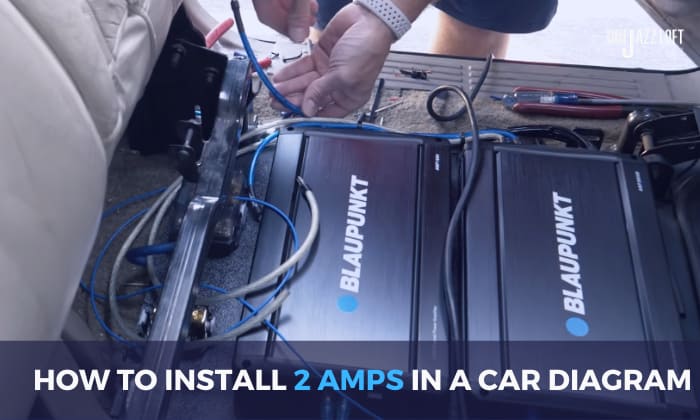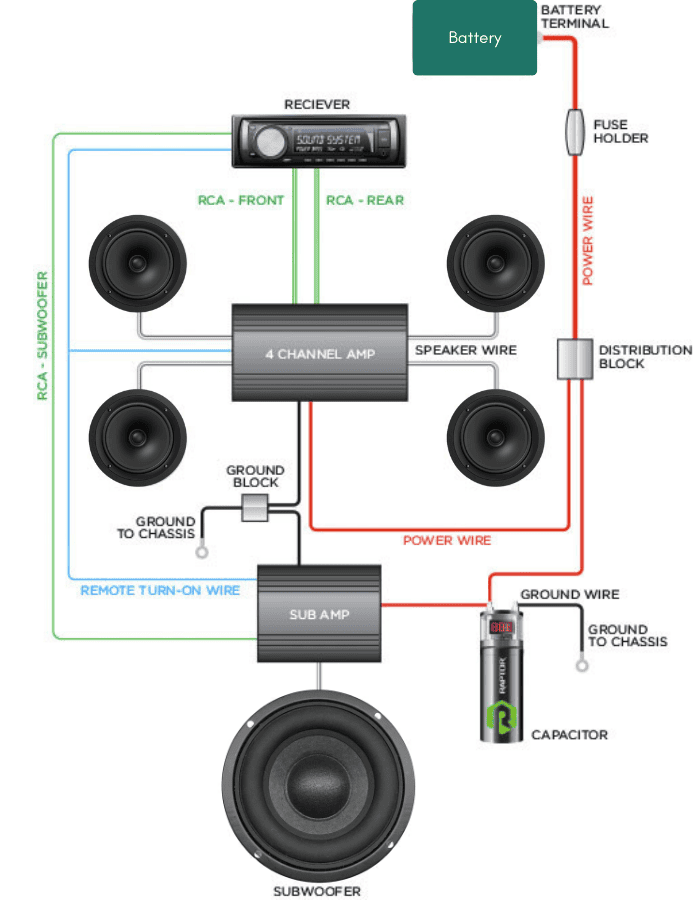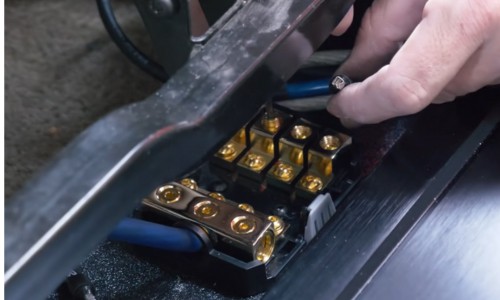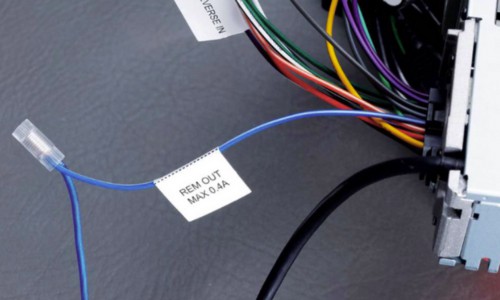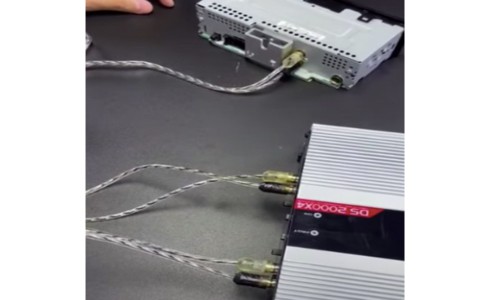Enhancing your car’s sound system is one way of improving its audio quality. It gives you a clearer and louder sound while listening to music. Because of this, many owners put multiple amps in their cars.
Are you also interested in boosting your car’s sound system? Check out this article because we’ll show you how to install 2 amps in a car diagram!
Table of Contents
Steps to Install 2 Amps In A Car Diagram
Installing two amps with one power wire isn’t rocket science; you must ensure you meet the power requirements.
You can check this schematic diagram before you dive into the detailed steps below.
Step 1: Disconnect the battery
This is very important to avoid the risk of any electrical spark. To do this, you need to unplug your battery’s negative terminal.
Step 2: Using a power distribution block
When using one power source to install two amps, it’s advisable to use a power distribution block to manage power input efficiently. This setup requires you to connect the battery’s main cable to a fuse holder and then a power distribution block.
Step 3: Connecting the amplifiers
To connect two car amplifiers together, you have to hook them up to the power distribution block. Using your first amp’s power cable, connect it to your distribution block’s power output. The same goes for your second amp.
In either case, ensure the power cable is the correct gauge for the amp’s requirement. As for the amps’ location, you can place them wherever you want, although it’s preferable that they’re side-by-side.
Step 4: Make the ground connections
For safety purposes, you should use a second distribution block to make ground connections by running one ground cable for both amps and the car’s sound system. Keep in mind that the ground wires on your two amps should be of the same size as your power wire.
You can also connect a capacitor to the distribution block, and then chassis ground the former. That said, most stereo systems nowadays don’t require a capacitor, so you can forgo this.
Step 5: Adding the remote turn-on wire
Add a remote turn-on wire if your amps need external input to function. Connect the wire to the head unit’s back, and then the other end should be attached to your two amps.
In this setup, it’s ideal to have a transmitter connected to the head unit to make your amps start efficiently.
Step 6: Connecting the amps to the preamp
Connect your amps to the head unit’s preamp outputs to make sure they are functioning. If this isn’t possible, you have to use the Y adapter, wherein you have to attach the male part (one common end) to your head unit and the female parts (two other ends) to your amps.
Step 7: Connecting the amps to the speaker
Finally, you can connect the amps to the speaker by attaching the speaker’s positive terminal to the amp’s positive terminal. Likewise, the negative wire should be connected to the negative terminal.
Step 8: Reattach the negative terminal
Once your amps or entire audio system works well after testing it out, reconnect the negative cable to the battery.
For a visual guide, you can also check this tutorial video on how to set up two amps in a car!
Installing 2 Amps Without Distribution Blocks
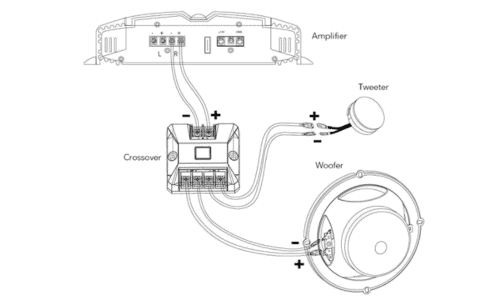
If you want to wire two amps without a distribution block, you can either use a selector switch or active crossovers.
- When using a selector switch, connect the speaker wire from the amp output to the “A” input. Then connect the “R” and “L” outputs to the “R” and “L” inputs, respectively.
Repeat the same process for the second amp—plug the speaker wire into the “B” input. Then, connect the speaker wire from the switch’s output to the speaker input. Do the same for the second speaker (if any).
Now that your speaker and amps are connected, you can use the selector switch to choose which amp you’ll use.
- When using active crossovers, the head unit’s output should be connected to the active crossover’s input.
Then, attach the high-output signal of the active crossover to your amp. The low-output signal should also be linked to your other amp, which ideally should be paired with your low-frequency speaker.
Conclusion
Installing amplifiers in your car will allow you to achieve high-quality audio. To hook up two amps in a car using one power source, you have to either use a power distribution block or, if it’s not possible, a selector switch or active crossovers.
The important thing to keep in mind is that the power connections are appropriate to avoid any electrical issues.
Feel free to refer to this article for your guidance on how to install 2 amps in a car diagram!

Sam Stephenson is a writer who grew up in Washington, North Carolina. He was 2010 and 2015 ASCAP Deems Taylor / Virgil Thomson Prize winner and a 2019-2020 Guggenheim Fellow in General Nonfiction. His books have been published by W.W. Norton, Alfred A. Knopf, and Farrar, Straus and Giroux
